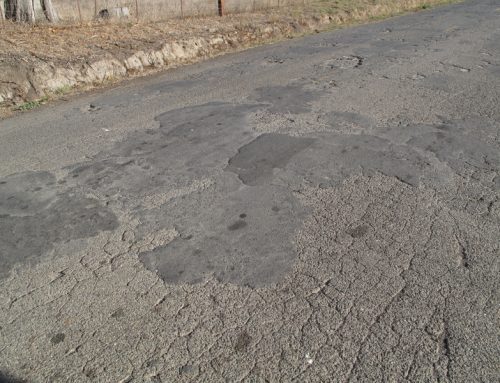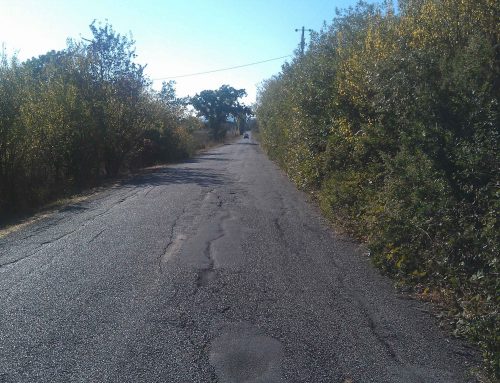How gasoline prices are set at your local station is pretty complex, but after talking with the gas price expert at the state Energy Commission, here are the basics:
The wholesale gas price that oil companies charge their franchisees is based on a benchmark price, which typically results from the New York Mercantile Exchange’s price for gasoline futures plus a differential, says Gordon Schremp, senior fuel analyst for the commission.
Let’s say the NYMEX price for gasoline futures closes at $3.05 a gallon. The differential might be an additional 25 cents for a total of $3.30 a gallon. That’s what’s charged the station owner, who then marks up the price in an attempt to cover costs plus perhaps a profit. On top of that goes local, state and federal taxes, which is a chunk.
Schremp says what the station owner charges often is based on what other nearby gas stations are charging plus the location of the station. One located right before a highway onramp probably can charge more than one farther away or in a not so convenient or less well traveled spot. He says a station owner actually might lose money on his gas sales if competitors keep their prices down.
Gas prices at the pump can change frequently because on average most stations are getting new truck loads of gas every 1.25 to 1.5 days and the price of each load can be different each time because of changes in the NYMEX price.
He says most stations keep their prices pretty close to their costs to draw customers into the station and into their convenience store, where most of a station’s profit now comes from. Buy a soda, pick up a bag of ice, a hot dog — it makes money for the station owner.
Independent stations not tied to an oil company wholesale contract at times can have the cheapest gas or perhaps the highest priced because they enjoy the benefits and suffer the disadvantages of spot market prices, Schremp says.
With gas prices steadily advancing upward as crude oil prices increase, Schremp says don’t expect a sharp drop in gas prices if oil prices fall.
“Some say it’s up like a rocket and down like a feather, that’s really true,” he says.
He says its common for pump prices “to hang up there” when oil prices fall because station owners are trying to recoup any losses from holding the line on prices or by having to cut their profit margin for competitive reasons. But once competitors start dropping their prices, others will follow, he says.
World events affect gas prices in California, even if they don’t directly involve our gas supply.
For example, Schremp says when Hurricane Katrina hit the Gulf Coast in 2005, it had no effect on California’s gasoline supply but it drove prices up 50 cents in the state because gas futures shot up on the NYMEX.
Be sure to enter the Road Warrior’s Guess the Gas Price contest. For more info, CLICK HERE.



